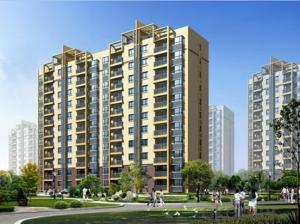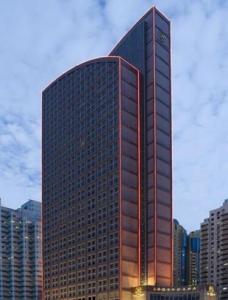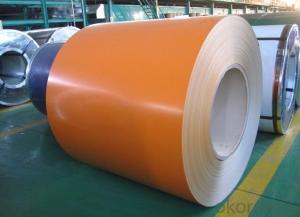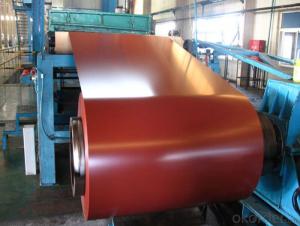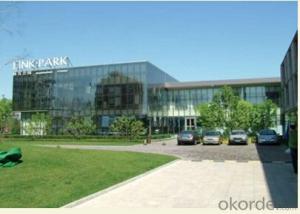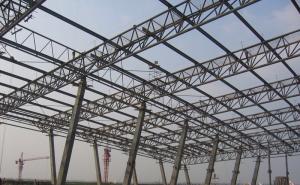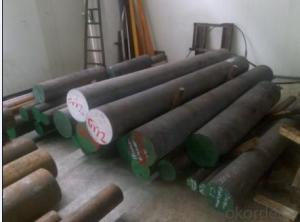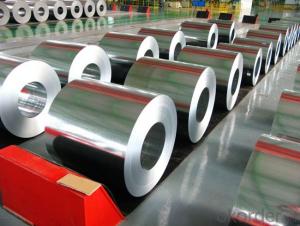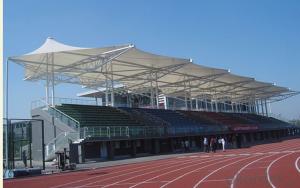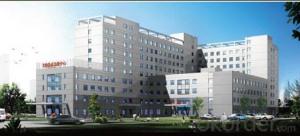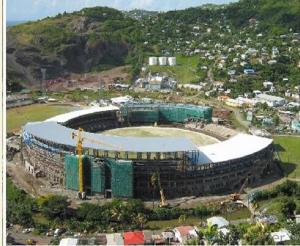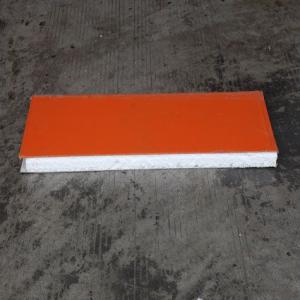Pre Engineered Steel Structure
Pre Engineered Steel Structure Related Searches
Best Paint For Stainless Steel Blanket Insulation For Steel Buildings Primer For Galvanized Steel Foam Filter For Stainless Steel H S Code For Stainless Steel Surface Grinding Wheels For Stainless Steel Surface Grinding Wheels For Hardened Steel Hole Saw For Stainless Steel Paint For Stainless Steel Stainless Steel For BbqHot Searches
Steel Mesh Panels For Sale Price For Stainless Steel Scrap Scrap Price For Stainless Steel Price For Stainless Steel Stainless Steel Tank For Sale Stainless Steel Sheets For Sale Cheap High Tea Sets For Sale Stainless Steel Tanks For Sale Stainless Steel For Sale High Density Fiberboard For Sale Solar Hot Water Collectors For Sale Scaffolding For Sale In Uae Scaffolding For Sale In Ireland Scaffolding For Sale In Houston Type Of Inverter For Solar Price Of Shipping Containers For Sale Types Of Inverter For Solar Stock Price For Aluminum Used Solar Inverter For Sale Steel Mesh Panels For SalePre Engineered Steel Structure Supplier & Manufacturer from China
Okorder.com is a professional Pre Engineered Steel Structure supplier & manufacturer, offers integrated one-stop services including real-time quoting and online cargo tracking. We are funded by CNBM Group, a Fortune 500 enterprise and the largest Pre Engineered Steel Structure firm in China.Hot Products
FAQ
- The guidelines for the fabrication and welding of steel structural members include ensuring proper material selection, following design specifications and codes, maintaining cleanliness and integrity of the materials, employing qualified welders, conducting quality checks and inspections, and adhering to proper welding techniques and procedures. Additionally, it is essential to consider factors such as joint preparation, preheating, welding consumables, heat treatment, and post-welding processes to ensure the strength, durability, and safety of the steel structural members.
- Various strategies and techniques can be utilized in the design and construction of steel structures to meet acoustic requirements. To begin with, the design process starts by identifying the specific acoustic requirements of the project. This entails understanding the desired sound insulation levels, noise reduction goals, and any relevant regulations or standards. Once the acoustic requirements are established, the design team can implement a series of measures to achieve them. One commonly used approach involves incorporating materials with sound absorption properties, such as acoustic insulation panels or perforated metal sheets, into the steel structure during construction. Moreover, the structural design itself plays a crucial role in meeting acoustic requirements. By employing vibration isolation techniques, such as the addition of rubber pads or isolators between structural components, steel structures can minimize sound vibrations and reverberations, preventing noise transmission between different parts of the structure. In addition, careful attention is given to the detail and construction of joints and connections. Proper sealing and insulation of these areas can significantly reduce sound leakage and improve overall acoustic performance. The selection and placement of mechanical, electrical, and plumbing systems within the steel structure also require careful consideration. These systems must be designed and installed in a way that minimizes noise generation and transmission. Construction practices also contribute significantly to meeting acoustic requirements. Construction teams follow specific guidelines to ensure the correct installation of materials, proper sealing of joints, and application of acoustic insulation as specified. Regular testing and inspections are conducted throughout the construction process to assess the acoustic performance of the steel structure. This helps identify any potential issues or deficiencies that need to be addressed before the project is completed. In conclusion, meeting acoustic requirements in steel structures involves a comprehensive approach that encompasses careful design, material selection, construction practices, and testing. By implementing these strategies, steel structures can effectively reduce sound transmission and provide the desired acoustic performance.
- There are several different types of steel curtain wall systems, including stick-built, unitized, and hybrid systems. Stick-built systems involve assembling individual components on-site, while unitized systems consist of pre-assembled panels that are installed as a single unit. Hybrid systems combine steel framing with other materials, such as glass or aluminum, to create a customized aesthetic and performance.
- Yes, steel structures can be designed with natural ventilation systems. Natural ventilation relies on the use of openings such as windows, doors, vents, or louvers to allow fresh air to enter and circulate within a building. While steel structures are often associated with sealed environments, incorporating natural ventilation elements into the design can help promote air circulation, reduce the reliance on mechanical systems, and enhance energy efficiency.
- The role of steel trusses in a structure is to provide structural support and stability by distributing the weight and forces of the building evenly throughout the structure. Steel trusses are commonly used in construction to span large distances and support heavy loads, making them essential in ensuring the overall strength and integrity of the building.
- Steel structures are designed to withstand high winds by incorporating several key design considerations. First, the shape and geometry of the structure play a crucial role. Steel buildings are typically designed with aerodynamic shapes, such as curved surfaces or tapered profiles, to minimize wind drag and turbulence. This reduces the overall wind load on the structure. In addition, engineers analyze the wind patterns and velocities specific to the site where the structure will be erected. This data is used to determine the maximum expected wind loads that the structure will experience. These loads are then used to design the structural elements, such as beams, columns, and connections, to withstand the anticipated forces. Steel structures also employ various strategies to enhance their resistance to wind loads. Bracing systems, such as diagonal or cross-bracing, are commonly utilized to increase overall stability and rigidity. These braces help to distribute the wind forces evenly throughout the structure, preventing localized damage. Another important aspect is the selection of appropriate materials. High-strength steel with excellent ductility is often chosen for its ability to absorb and dissipate energy during wind events. This ensures that the structure remains resilient and minimizes the risk of failure. Furthermore, connections between structural members are meticulously designed to provide adequate strength and stiffness. The connections must be able to transfer the wind forces from one member to another without compromising the overall stability of the structure. Lastly, regular inspections and maintenance are essential to ensure the ongoing integrity of steel structures in high wind zones. Periodic checks help identify any potential issues or signs of damage, allowing for timely repairs or strengthening measures to be taken. Overall, the design of steel structures to withstand high winds involves a combination of aerodynamic considerations, thorough analysis of wind loads, appropriate material selection, effective bracing systems, and robust connections. By incorporating these elements, steel structures can be designed to safely withstand the forces generated by high winds.
- When selecting the appropriate steel section for a structure, several considerations need to be taken into account. Firstly, the load requirements and the type of structure play a crucial role in determining the steel section. The magnitude and distribution of loads, such as dead loads, live loads, and wind loads, will influence the choice of section to ensure structural stability and safety. Secondly, the span length and desired clear span of the structure need to be considered. Longer spans may require larger and more robust steel sections to bear the increased load and prevent excessive deflection. Thirdly, the available space and ease of construction should be considered. If space is limited or the structure requires complex connections, smaller and more compact steel sections may be preferred. Additionally, the ease of fabrication and installation should be assessed to ensure efficient construction processes. Lastly, factors such as cost, availability, and aesthetic considerations may also influence the selection of the appropriate steel section for a structure. It is important to strike a balance between structural requirements, practicality, and economic feasibility when choosing the steel section.
- Steel structures are designed to accommodate vertical transportation systems by incorporating features such as elevator shafts, stairwells, and structural supports to handle the weight and movement of elevators and escalators. These structures are carefully planned and engineered to ensure proper alignment, strength, and stability, allowing for the safe and efficient movement of people and goods within the building.

















